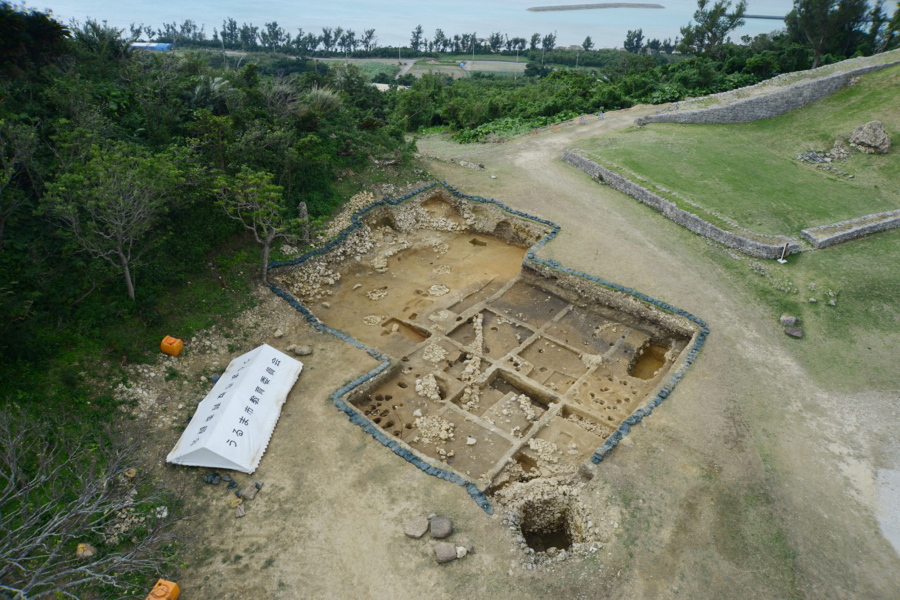TOKYO — The eyes of a visiting archaeologist lit up when he was shown the 10 tiny, tarnished discs that had sat unnoticed in storage for two and a half years at a dig on a Japan island.
He had been to archaeological sites in Italy and Egypt, and recognized the “little round things” as old coins, including a few dating to the Roman Empire.
“I was so excited I almost forgot what I was there for, and the coins were all we talked about,” said Toshio Tsukamoto of the Gangoji Institute for Research of Cultural Property in Nara.
The discovery, announced last month, is baffling. How did the coins, some dating to the third or fourth century, wind up half a world away in a medieval castle on Okinawa. Experts suspect they may have arrived centuries later via China or Southeast Asia, not as currency but as decoration or treasure.
The 10 copper coins were unearthed in December 2013 at the 12th-15th century Katsuren Castle, a UNESCO World Heritage site, during an annual excavation for study and tourism promotion by the board of education in Uruma, a city in central Okinawa.
While the find has yet to be submitted for publication in an academic journal, an outside expert is convinced the coins are real.
“There is almost no mistake” about their authenticity, said Makiko Tsumura, a curator at the Ancient Orient Museum in Tokyo, though she allowed that they could also be counterfeit versions from about the same time.
Four of the coins are from the third to fourth-century Roman Empire, and a fifth one from the 17th-century Ottoman Empire. The remaining five are still being examined.
The coins, which are on display at the Uruma City Yonagusuku Historical Museum through Nov. 25, were dug up from about 1 yard underground in a layer believed to be from the 14th to 15th century.
“At first, we didn’t think they were coins,” said Masaki Yokoo, a city official in charge of the project.
Details that were barely distinguishable emerged more clearly in X-ray analysis. One bears an image of fourth-century Roman Emperor Constantine I, and another shows a helmeted soldier holding a shield, while stabbing an enemy with a spear.
Researchers are also seeking an explanation for why coins from two distinct eras were found near each other, and how a 17th-century coin could have been in a layer believed to be 200 to 300 years older than that.



